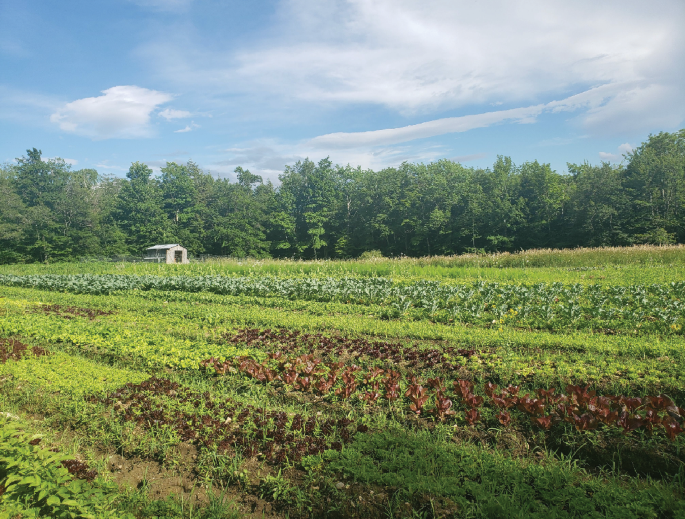
THE shifting geopolitical trends are having a profound impact on the political, economic and social scenes across the world.
These changes are presenting options for developing countries to either capture the opportunities arising from the changes or wait on the sidelines like cheerleaders celebrating those actively on the playing field.
Whatever choices developing countries make today, the aftermath, scenario once the current changes reach their crescendo, they will render irrelevant the historical excuses such as the slave trade, colonisation and imperialism as the reason for stunted growth. The centre of power is slowly shifting.
What are we talking about? The global political and economic power is gradually shifting from the West, mainly the United States, to a multipolar system that is currently in the process of establishing itself. The reason for the US’s gradual loss of global political and economic influences is largely its application of emotions in dealing with global issues instead of using logic. For that reason, new global economic and political powerhouses have been emerging and are in the process of reorganising the world’s geopolitics.
Such type of changes present new opportunities and challenges. For developing countries, this is a moment of vigilance and strategy. It is a moment to untangle themselves from the remnants that have left developing countries under colonial trading bondage. It is a time to restructure trading partnerships where each country enjoys equal status.
Finally, a moment to forge new trading partnerships focusing on national interests unimpeded by historical obligations established by the colonial establishments.
To achieve these, choices must be made — some of them tough — but the environment looks so conducive to taking that route.
Take, for example, China withdrew its corn importation from the United States and turned to South Africa for supplies.
- The brains behind Matavire’s immortalisation
- Zim headed for a political dead heat in 2023
- Red Cross work remembered
- All set for inaugural job fair
Keep Reading
If you are South Africa’s neighbour, the question would be: will South Africa be able to meet the demand for corn supply to China? If not, how much can South Africa outsource from its neighbouring countries?
The quest for opportunities does not end there. China has been the world’s manufacturing centre for over four decades and with the economic growth that it has achieved over that period, China is willing to lease out or outsource the labour-intensive industries to non-Western allies. It has already started doing so with countries such as Rwanda, but it will be happy to do more with other friendly countries in Africa.
What other opportunities can be explored by a neighbouring country of South Africa? To answer this question, we need to understand that China and South Africa are both members of the Brics — Brazil, Russia, India, China and South Africa —and then go a little bit back in history to establish what opportunities exist for South Africa’s neighbours.
Negotiations ahead of South Africa’s independence in the 1990s were characterised by the desire to keep the cost of living as low as possible. Major decisions were made, one of which was to outsource textile supplies from China which then was in the middle of implementing its cheap labour policy to lure investors.
As mentioned above, China and its people have been growing economically and an alternative textile supplier will be needed sooner or later. These are some of the ideas that can be presented at the next Brics summit in August this year.
To take on such a huge global textile supply responsibility requires a massive investment into cotton farming and ginnery. This is where Brics’s New Development Bank comes in to finance such projects and innovations tailored solutions to help build a more inclusive, resilient and sustainable development for developing countries. The need to boost agriculture does end with the supply chain for the textile industry. Brazil, a member of the Brics, is the largest chicken distributor worldwide. Brazil supplies more than 150 markets with chickens and this amounts to more than four million tonnes shipped annually — that is a third of global supplies. Alongside is the egg industry.
In 2022 alone, approximately four billion dozens of eggs were produced in Brazil and this was an increase of around 65% in comparison to the 2,46 billion dozens produced in 2010.
Behind this growth in the poultry and egg industry is a massive investment and growth in the corn industry which provides the stockfeeds. Again, it speaks to the need for concerted investment in agriculture.
The extraordinary increase in Brazil’s corn production over the past three decades, driven by rising global demand for affordable chickens and eggs and the combined influence of changes in prices, genetically modified farming technology, crop management practices, and area harvested, has made the country the third-largest global corn producer and the second largest corn exporter.
Again, just like China, does Brazil want to maintain the labour-intensive farming industries or diversify to other sectors such as processing industries? If it decides to wean itself out of the labour-intensive farming, poultry, and egg industries, developing countries should be prepared to take over the global responsibility than wait on the sidelines.
- Tapiwa Gomo is a development consultant based in Pretoria, South Africa.











